Introduction
Water chestnuts, scientifically known as Trapa bispinosa, are a delightful aquatic vegetable enjoyed worldwide for their crisp texture and subtle sweetness. Often featured in salads, stir-fries, and soups, they add a refreshing crunch to various dishes. While fresh water chestnuts can be enjoyed raw after thorough cleaning, many prefer to cook them, which softens their exterior slightly and enhances their flavor. However, one of the most tedious tasks associated with preparing water chestnuts is peeling them, especially after they have been cooked. This guide aims to provide comprehensive steps and tips on how to peel cooked water chestnuts efficiently, ensuring that you can enjoy this nutritious and delightful vegetable without the hassle.
Understanding Water Chestnuts
Before diving into the peeling process, it’s essential to understand the basic structure of a water chestnut. The exterior of a water chestnut is covered by a tough, brownish skin that protects the edible, white flesh inside. This skin becomes slightly softer when cooked but remains somewhat resilient, requiring careful handling to avoid damaging the delicate flesh.
Preparation Before Peeling
-
Cooking the Water Chestnuts
- Boiling Method: The most common method is boiling. Fill a pot with water and bring it to a rolling boil. Carefully add the cleaned water chestnuts and cook them for about 5-10 minutes, depending on their size and your preference for firmness. Smaller water chestnuts may require less time, while larger ones may need a bit more.
- Steaming Method: An alternative to boiling is steaming. Place the water chestnuts in a steamer basket over boiling water and steam for about 10-15 minutes. Steaming tends to retain more of the water chestnut’s natural flavors and textures.
- Microwaving Method: For a quicker option, you can microwave water chestnuts. Place them in a microwave-safe dish with a small amount of water, cover, and microwave on high for 3-5 minutes, checking for doneness.
-
Cooling Down: Once cooked, immediately transfer the water chestnuts to a bowl of ice water or run them under cold tap water to stop the cooking process and make them easier to handle. Cooling also helps to firm up the flesh slightly, making peeling less messy.
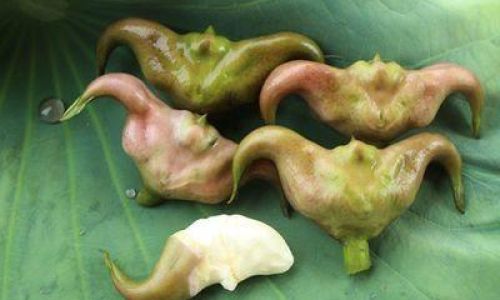
Tools and Equipment
To make the peeling process as smooth as possible, gather the following tools:
- Sharp Knife: A small, sharp paring knife is ideal for making precise cuts and removing the skin without wasting too much of the flesh.
- Vegetable Peeler: While a knife is more versatile, a vegetable peeler can be useful for removing larger patches of skin quickly.
- Small Bowl: A bowl for catching peeled water chestnuts and any fallen pieces.
- Paper Towels or Clean Kitchen Towel: To dry the peeled water chestnuts and keep your workspace tidy.
- Cutting Board: A sturdy cutting board will provide a stable surface for peeling.
Step-by-Step Peeling Process
-
Initial Inspection: Begin by inspecting each cooked water chestnut. Look for any cracks or imperfections in the skin that might make peeling more difficult. Discard any water chestnuts that appear damaged or overly soft.
-
Trimming the Ends: Use your sharp knife to trim off the pointed ends of the water chestnuts. This step is optional but can make peeling easier by creating a flat surface to hold onto and by removing the toughest parts of the skin.
-
Scoring the Skin: With your knife, make a shallow cut lengthwise around the circumference of the water chestnut. This score line doesn’t need to be deep; it should just penetrate the skin enough to give you a grip for peeling.
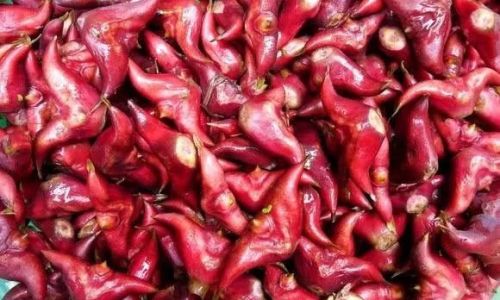
-
Peeling Technique:
- Using a Knife: Hold the water chestnut firmly with one hand and, with the other, insert the knife blade just under the scored skin. Gently pull the knife towards you, keeping it close to the skin to avoid wasting flesh. Rotate the water chestnut as you peel, continuing until the entire skin is removed.
- Using a Peeler: If using a vegetable peeler, hold the water chestnut similarly and gently glide the peeler along the scored line, working your way around the water chestnut. The peeler’s blade will slice through the skin more quickly but may require more precision to avoid removing too much flesh.
-
Removing Stubborn Patches: Occasionally, small patches of skin may remain stuck to the flesh. Use the tip of your knife to gently scrape these off, being careful not to dig into the flesh.
-
Inspecting the Flesh: Once peeled, inspect the water chestnut to ensure all skin has been removed. If any small pieces remain, use the knife to carefully trim them away.
-
Repeating the Process: Repeat the peeling process for all the cooked water chestnuts. As you gain practice, the process will become faster and more efficient.
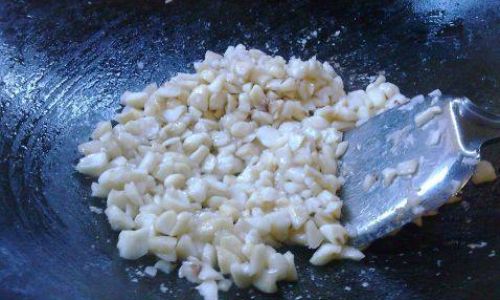
Tips for Efficient Peeling
-
Practice Patience: Peeling water chestnuts, especially when done manually, requires patience. Rushing can lead to wasted flesh or injured fingers. Take your time and enjoy the process.
-
Work in Batches: If you have a large quantity of water chestnuts to peel, working in smaller batches can make the task more manageable. This also allows you to take breaks, preventing fatigue and maintaining sharpness in your knife work.
-
Use a Paring Knife for Detail Work: While a vegetable peeler can be useful for quick removal of large skin patches, a sharp paring knife is indispensable for detail work, such as trimming stubborn skin patches and ensuring a clean peel.
-
Keep Your Workspace Organized: Keep your peeled water chestnuts in a bowl to avoid losing them. A clean, organized workspace will also help you maintain focus and efficiency.
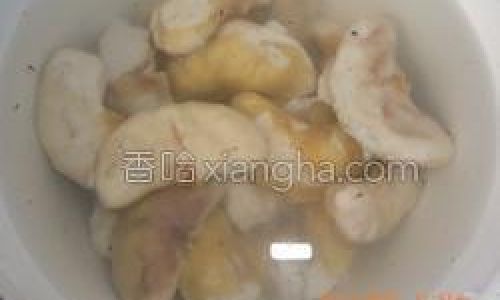
-
Store Peeled Water Chestnuts Properly: Once peeled, water chestnuts can be stored in an airtight container in the refrigerator for up to a few days. If you plan to use them within a short period, a bowl of cold water with a damp paper towel draped over it can keep them fresh for a day or two.
Creative Uses for Peeled Water Chestnuts
With your peeled water chestnuts ready, here are some creative ways to incorporate them into your meals:
- Salads: Add them to mixed green salads for a crunchy texture contrast.
- Stir-Fries: Toss them into your favorite stir-fry recipes for a delightful crunch and subtle sweetness.
- Soups and Stews: Incorporate them into soups and stews for a nutritious and refreshing addition.
- Appetizers: Use them as a crunchy topping for dips or as a component in sushi rolls.
- Desserts: Experiment with adding them to fruit salads or dessert toppings for a unique twist.
Conclusion
Peeling cooked water chestnuts may seem like a daunting task, but with the right tools, techniques, and patience, it can be a rewarding experience. By following the steps outlined in this guide, you’ll be able to efficiently peel your water chestnuts, preserving their delicate flesh and enhancing your culinary creations. Remember, the key to successful peeling lies in using sharp tools, maintaining a steady hand, and organizing your workspace. With these tips in mind, you’ll be able to enjoy the crisp, refreshing taste of water chestnuts in no time. Happy peeling!
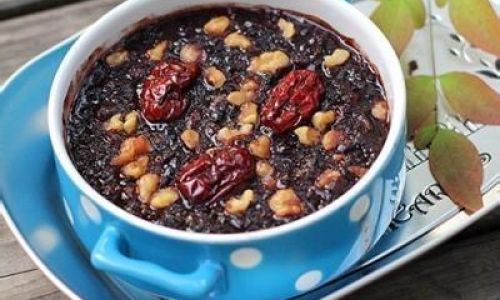
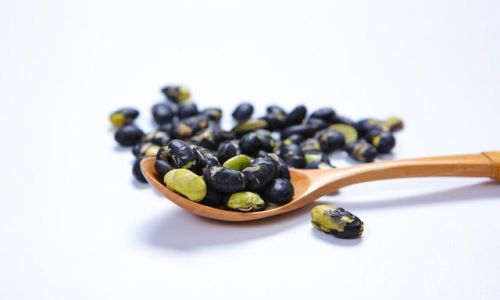
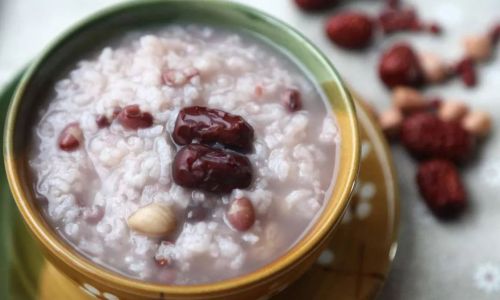
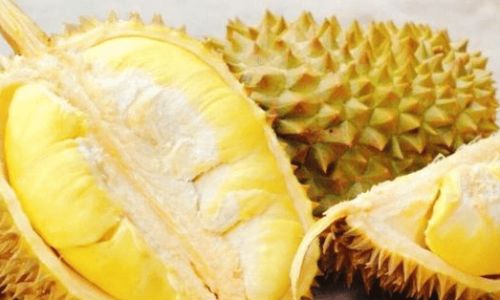

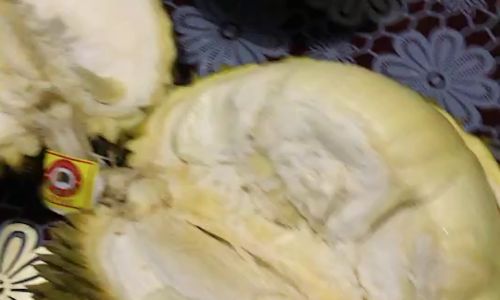
0 comments